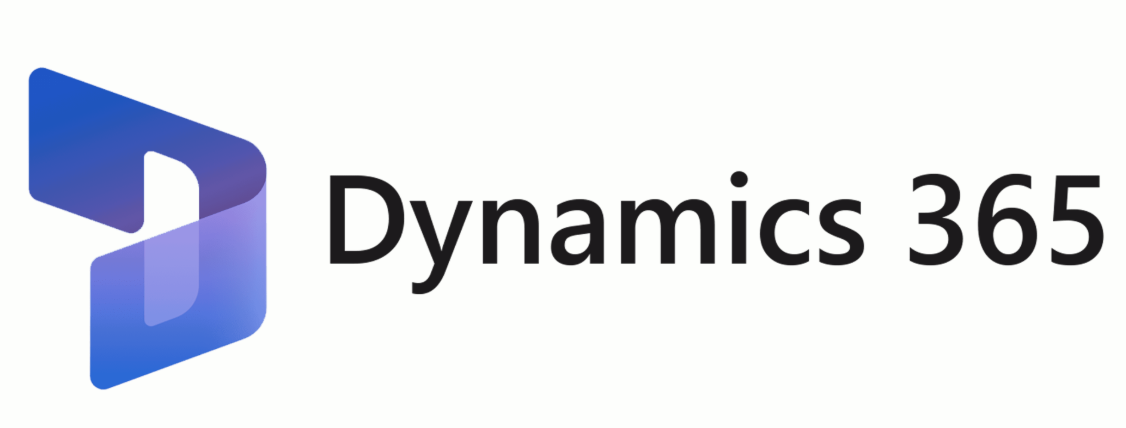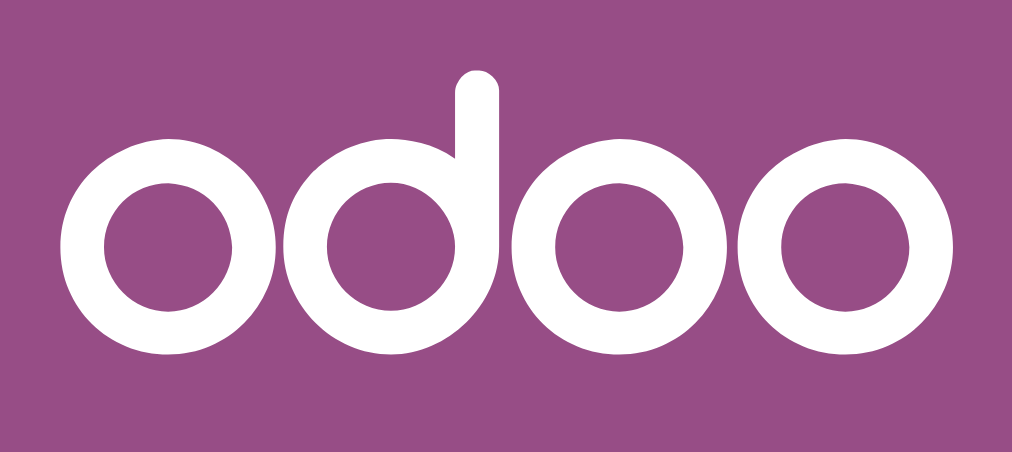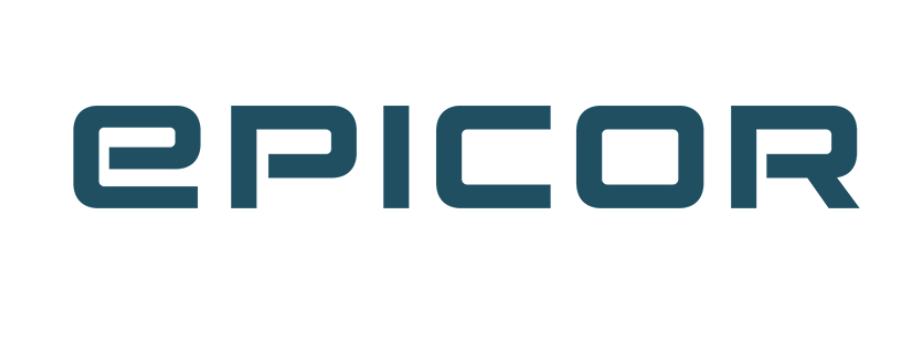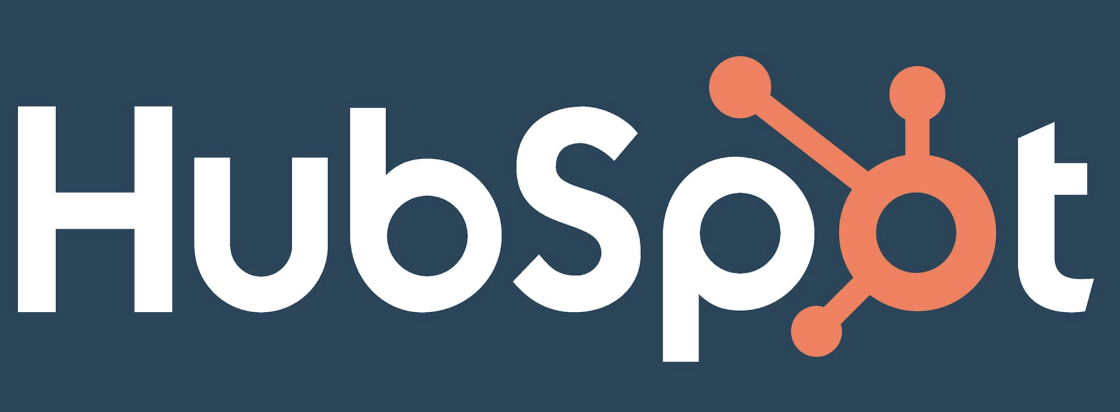
Volver al hub
Blog
Software
Marketing
ERP vs CRM: What Are the Differences and Similarities?
Publicado el 10 jul 2025Actualizado el 19 nov 2025
ERP vs CRM: allies or rivals in the race for performance?
In a world where every minute counts and competition never stops, companies need to be more agile, more efficient, and more connected than ever before. That's where two acronyms that have become essential come into play: ERP and CRM. One promises to streamline your internal operations, the other to boost your sales and customer relationships. But do you have to choose between the two? Or can you make them work together to unlock your company's full potential?
💡 70% of companies already use ERP or CRM. What if the real performance lever was their complementarity?
In this article, we'll guide you step by step to understand these tools, identify their differences, evaluate their advantages, and above all, discover how to combine them intelligently. Whether you're a CEO, IT manager, or entrepreneur, get ready to make the right choices to turn your data into decisions—and your processes into growth.
1. ERP: Internal process management
What is ERP?
ERP, or Enterprise Resource Planning, is software that centralizes the management of a company's internal processes. Imagine a single dashboard where all data—finance, inventory, production, human resources—is brought together. The goal? To provide an overview to coordinate operations and reduce silos between departments.
Key features of ERP
ERP covers a wide range of functions:
Finance and accounting: Budget management, invoicing, financial reports.
Resources: Inventory tracking, production planning, supply management.
Human resources: Payroll administration, recruitment, leave management.
Logistics: Delivery coordination, supply chain optimization.
Solutions such as SAP, Oracle NetSuite, and Microsoft Dynamics are industry leaders in this field and are used by companies of all sizes.
Advantages of ERP
An ERP shines in its ability to:
Consolidate data: All information is centralized, providing a unified view of operations.
Automate tasks: Repetitive processes, such as invoicing, are managed automatically, freeing up time for teams.
Reduce errors: Integration eliminates double entries and inconsistencies between departments.
For example, a factory using ERP can adjust its production in real time based on stock levels, avoiding additional costs or shortages.
Limitations of ERP
Despite its advantages, ERP has some limitations:
High cost: Implementation can cost tens of thousands of dollars, or even more for large companies.
Complexity: Installation and team training require time and resources.
Internal focus: ERP systems are less effective at managing customer interactions, such as sales or customer service.
Examples of ERP software:
Microsoft Dynamics 365:

Microsoft Dynamics 365 is a suite of modular cloud solutions combining ERP (Enterprise Resource Planning) and CRM (Customer Relationship Management). Designed for businesses of all sizes, it offers a wide range of features from financial management to sales management, human resources, and supply chain management. Thanks to its native integration with Microsoft tools (such as Office 365, Power BI, and Azure), Dynamics 365 facilitates collaboration and real-time analysis. Its modular structure allows companies to customize their solution to their specific needs, while benefiting from regular updates and high scalability.
Odoo:

Odoo is a very popular open source ERP solution, particularly appreciated by SMEs for its flexibility and affordability. It offers more than 40 modules covering all key areas of the business: accounting, inventory management, sales, purchasing, human resources, marketing, and more. Its intuitive interface, large ecosystem of community modules, and ability to adapt to different industries make it a powerful tool for businesses seeking agility. Odoo can be hosted in the cloud or installed locally, offering great freedom of deployment.
Epicor ERP:

Epicor ERP is a robust solution primarily intended for the manufacturing, distribution, and service industries. It stands out for its ability to manage complex production, planning, and supply chain management processes. Epicor relies on a modern architecture (cloud-based or on-premises), a customizable interface, and advanced analytics tools to help companies improve their operational efficiency. It is a strategic choice for industrial organizations looking for an ERP that can adapt to their specific industry needs.
Oracle NetSuite:

Oracle NetSuite is a 100% cloud-based ERP system that is particularly well suited to growing businesses and international organizations. It offers comprehensive functional coverage including finance, CRM, project management, human resources, and omnichannel management for commerce. Thanks to its multi-tenant architecture, NetSuite enables centralized management of operations across multiple sites or subsidiaries, with a high degree of customization. Its analytical power and real-time dashboards make it a strategic tool for executives seeking precise control and agility.
In summary, an ERP is a powerful tool for structuring internal operations, but it does not cover all of a company's needs, particularly in terms of customer management.
2. CRM: Effective customer management
What is CRM?
CRM, or Customer Relationship Management, is software designed to manage interactions with customers, prospects, and partners. Its goal is to improve the customer experience, maximize sales, and make sales teams more efficient. Tools such as Salesforce, HubSpot, and Zoho CRM dominate this market.
Key features of CRM
A CRM excels in the following areas:
Contact management: Centralization of customer and prospect information (names, emails, interaction history).
Sales: Opportunity tracking, pipeline management, revenue forecasting.
Marketing: Campaign automation (emails, social media), audience segmentation.
Customer service: Request tracking, satisfaction analysis.
For example, a sales representative can use a CRM to follow up with a prospect at the right time, based on their interaction history.
Advantages of CRM
The strengths of a CRM include:
Customer satisfaction: Personalized management improves the customer experience and builds loyalty.
Sales efficiency: Teams save time through automation and structured lead tracking.
Accessibility: CRMs are often easier to deploy and use than ERPs.
An SME, for example, can double its conversion rate by using a CRM to target its marketing campaigns with precision.
Limitations of CRM
CRM also has its weaknesses:
Limited scope: It focuses on customer-related functions, without managing internal operations such as production or accounting.
Data dependency: A CRM is only effective if the data entered is complete and up to date.
Lack of integration: When isolated, it cannot communicate with internal systems, which can create discrepancies.
In short, a CRM is essential for boosting customer relations, but it does not replace a comprehensive management system.
Key differences
ERP: Back office: It structures internal operations, such as inventory management or production planning. For example, a factory relies on ERP to avoid overproduction.
CRM: Front office: It optimizes external interactions, such as sales tracking. A sales team uses CRM to convert a prospect into a customer.
Similarities
Despite their differences, ERP and CRM share some common features:
Automation: Both reduce manual tasks, increasing efficiency.
Data: They rely on data analysis to guide decisions.
Adoption: Their success depends on training and team commitment.
Examples of CRM:
HubSpot:

HubSpot is a SaaS CRM particularly recognized for its ease of use and marketing focus. It offers a comprehensive suite of tools for contact management, sales, marketing automation, and customer service. Its free version, which is rich in features, makes it accessible to startups and SMEs, while its paid versions offer advanced options for more structured sales teams. HubSpot stands out for its intuitive interface, easy integration with many tools (emailing, CMS, social networks), and its “Inbound Marketing” approach, which attracts prospects rather than soliciting them.
Salesforce:

Salesforce is one of the world's leading CRM providers, used by companies of all sizes, from SMEs to multinationals. Its extremely comprehensive cloud platform allows you to manage the entire customer lifecycle: prospecting, sales, support, marketing, and analytics. Thanks to its high level of customization, its AppExchange (a marketplace for third-party applications), and its integrated artificial intelligence (Einstein AI), Salesforce is particularly well suited to complex or fast-growing organizations. However, it requires support for implementation and has a steeper learning curve than other simpler CRMs.
Zoho CRM:

Zoho CRM is a comprehensive and flexible CRM solution that is very popular with SMEs. It covers key features such as contact management, lead management, opportunity management, sales process automation, and analytics tools. Zoho stands out for its excellent value for money, its wide range of complementary products (Zoho Books, Zoho Campaigns, Zoho Desk, etc.), and its ability to be customized to the specific needs of each company. It also offers a free version for small teams, making it very accessible.
Pipedrive:

Pipedrive is a sales-focused CRM designed by salespeople for salespeople. It stands out for its visual pipeline interface, which makes it easy to track the progress of sales opportunities. Easy to learn, it is particularly suited to small sales teams looking for an effective tool without unnecessary complexity. Pipedrive also includes automation, email integration, and reporting features, while remaining very affordable. It is an excellent choice for companies focused on quick closing and active deal tracking.
3. ERP and CRM: An essential combination
The idea of pitting ERP against CRM is misleading. These systems serve different needs, but combining them can transform a business. Here's why they complement each other.
ERP | CRM | |
|---|---|---|
Main objectif | Management of international ressources | Customer relationship |
Users | Production, finance, RH, logistics | Sales, marketing, customers services |
Data processed | Inventory, invoices | Leads, customers, opportunity |
Popular tods | SAP, Odoo, NetSuite, Dynamics 365 | Salesforce, HubSpot, Zoho CRM |
Primary Benefit | Operational efficiency | Business Growth |
Distinct but interconnected objectives
ERP: Manages internal operations. For example, it tracks inventory levels, plans production, and processes invoices.
CRM: Optimizes customer interactions. It records sales, tracks leads, and analyzes customer preferences.
These objectives converge in practice. A company that sells a product must not only close the sale (CRM), but also ensure that the product is in stock and delivered on time (ERP).
Benefits of combining them
Integrating ERP and CRM allows you to:
Synchronize data: An order recorded in the CRM updates the inventory in the ERP, preventing stockouts.
Improve communication: Information from the ERP, such as delivery times, is accessible in the CRM to keep customers informed.
Optimize forecasts: Sales data from the CRM helps the ERP anticipate demand, reducing overstocking costs.
For example, an e-commerce company can use a CRM to track a customer order, while the ERP automatically triggers preparation and shipping, ensuring fast delivery.
Limitations of a single system
ERP alone: Without CRM, the company risks losing customers due to a lack of personalized follow-up. A factory may produce efficiently, but if sales stagnate, growth is limited.
CRM alone: Without ERP, internal operations become chaotic. A sales team may close deals, but if inventory or logistics don't follow through, customers will be disappointed.
Practical example
Let's take a distribution company. A customer places an order via the website, which is recorded in the CRM. The CRM notifies the ERP, which checks inventory and triggers order preparation. Once shipped, the ERP updates the CRM with the tracking number, which the sales representative sends to the customer. This smooth flow is only possible with integration between the two systems.
Technical integration
Modern software facilitates this synergy. Platforms such as Salesforce (CRM) and SAP (ERP) offer connectors or APIs to synchronize data in real time. As a result, sales and operations teams work with the same information, reducing errors and speeding up processes.
In short, ERP and CRM are not adversaries, but partners. Their combination creates an agile business that can satisfy its customers while managing its operations efficiently.
4. When and why to adopt both systems
Use cases
The need for ERP, CRM, or both depends on the size and objectives of the business:
Small businesses: An SME can start with CRM to structure its sales and build customer loyalty. If its operations become more complex (e.g., inventory management), ERP becomes necessary.
Large companies: Multinationals with complex processes and large volumes of data need an ERP system to coordinate their operations and a CRM system to personalize customer interactions.
Benefits of integration
Combining ERP and CRM offers:
Complete view: Executives gain a 360° view of operations and customers.
Informed decisions: Unified data enables you to predict trends (e.g., seasonal demand) and adjust strategies.
Increased efficiency: Teams save time by avoiding redundant tasks such as manual data entry.
Success story
A furniture manufacturing company adopted CRM to track its B2B customers and ERP to manage its production. By integrating the two, it reduced delivery times by 30% and increased customer satisfaction by 25%, as sales reps could promise realistic dates based on ERP data.
Enabling technologies
Integration is simplified by:
API: Programming interfaces allow systems to communicate in real time.
Cloud: Solutions such as Oracle NetSuite (ERP) or HubSpot (CRM) offer native integrations via cloud platforms, reducing infrastructure costs.
Adopting both systems is therefore a winning strategy for companies that want to combine internal efficiency and customer satisfaction.
5. Guide to choosing and integrating ERP and CRM
Assessing your needs
Before choosing, ask yourself these questions:
What are your priorities? Boost sales (CRM) or structure operations (ERP)?
What is your budget? CRM systems are often more affordable to start with.
How big is your company? SMEs may be fine with CRM at first, while larger organizations need both.
Selection criteria
When choosing software, check for:
Compatibility: Systems must be able to integrate via APIs or connectors.
Ease of use: An intuitive interface reduces training time.
Scalability: The software must be able to grow with the business.
Support: Responsive customer service is crucial for resolving issues quickly.
Integration steps
Pilot project: Test the integration on a key process, such as order tracking.
Training: Train teams to maximize adoption and minimize resistance to change.
Synchronization: Configure APIs so that data flows between the ERP and CRM.
Maintenance: Plan regular updates to avoid bugs or incompatibilities.
Mistakes to avoid
Underestimating costs: Include training, integration, and maintenance costs in your budget.
Neglecting users: Without adequate training, employees may underutilize the systems.
Choosing incompatible systems: Make sure the software can communicate effectively.
By following these steps, you will maximize the benefits of ERP and CRM while minimizing the risks.
Conclusion
The opposition between ERP and CRM is a false debate. ERP structures internal operations, while CRM energizes customer relationships. Used alone, they meet specific needs, but their integration creates powerful synergy: unified data, smooth processes, and satisfied customers. Whether you run a startup or a multinational corporation, the question is not whether to choose ERP or CRM, but how to combine them to achieve your goals.
Start by assessing your needs. Does your business need to optimize sales or operations first? Explore solutions such as Salesforce, SAP, or HubSpot, and test their integration. To learn more, request a demo or consult an enterprise systems expert.
❓ Frequently Asked Questions — ERP vs. CRM
1. What is the main difference between ERP and CRM? ERP (Enterprise Resource Planning) is used to manage a company's internal resources (accounting, inventory, production, HR, etc.), while CRM (Customer Relationship Management) focuses on customer relationship management, sales, and marketing.
2. Does my company need both? Yes, often. CRM optimizes sales and customer loyalty, while ERP optimizes internal operations. The two are complementary to ensure effective end-to-end management.
3. Can I start with CRM before installing ERP? Absolutely. Many companies start with CRM to structure their sales approach, then add ERP when internal processes become more complex.
4. Is there software that does both? Yes, some tools such as Odoo, Microsoft Dynamics 365, and Zoho offer ERP and CRM modules integrated into a single platform, which facilitates data centralization.
5. Does CRM replace the work of salespeople? No, CRM does not replace people. It helps sales teams better organize their work, track prospects, and improve their efficiency. It is an assistant, not a substitute.

Precios claros, transparentes y sin costes ocultos.
Sin compromiso, precios para ayudarte a aumentar tu prospección.
Créditos
Se pueden utilizar para:
Buscar Emails
Acción IA
Buscar Números
Verificar Emails
€19por mes
1,000
5,000
10,000
50,000
100,000
1,000 Emails encontrados
1,000 Acciones IA
20 Números
4,000 Verificaciones
€19por mes
Descubre otros artículos que te pueden interesar!
Ver todos los artículosProspección B2B
Publicado el 26 jun 2025
Clearbit vs Cognism: características comunes y diferencias
 Niels Co-founder
Niels Co-founderLeer más
Prospección B2B
Publicado el 30 jun 2025
Zopto vs Waalaxy: Comparación de herramientas de automatización de LinkedIn
 Niels Co-founder
Niels Co-founderLeer más
Software
Publicado el 6 jul 2025
Lead411 vs Lusha vs Emelia: el duelo definitivo entre las herramientas de prospección B2B
 Mathieu Co-founder
Mathieu Co-founderLeer más
Software
Publicado el 24 jun 2025
PhantomBuster vs Waalaxy: automatización B2B para dominar la prospección en 2025
 Niels Co-founder
Niels Co-founderLeer más
Software
Publicado el 6 jul 2025
Kaspr vs ZoomInfo vs Emelia: ¿quién dominará la prospección B2B en 2025?
 Niels Co-founder
Niels Co-founderLeer más
Software
Publicado el 30 jun 2025
Comparación entre Snov.io y Waalaxy para la prospección B2B
 Mathieu Co-founder
Mathieu Co-founderLeer más
Enlaces útiles
HubCold-email: Guía CompletaEntregabilidad: Guía completaAlternativa a LemlistAPISolicitar una demoPrograma de afiliadosFind emailMade with ❤ for Growth Marketers by Growth Marketers
Copyright © 2025 Emelia All Rights Reserved
